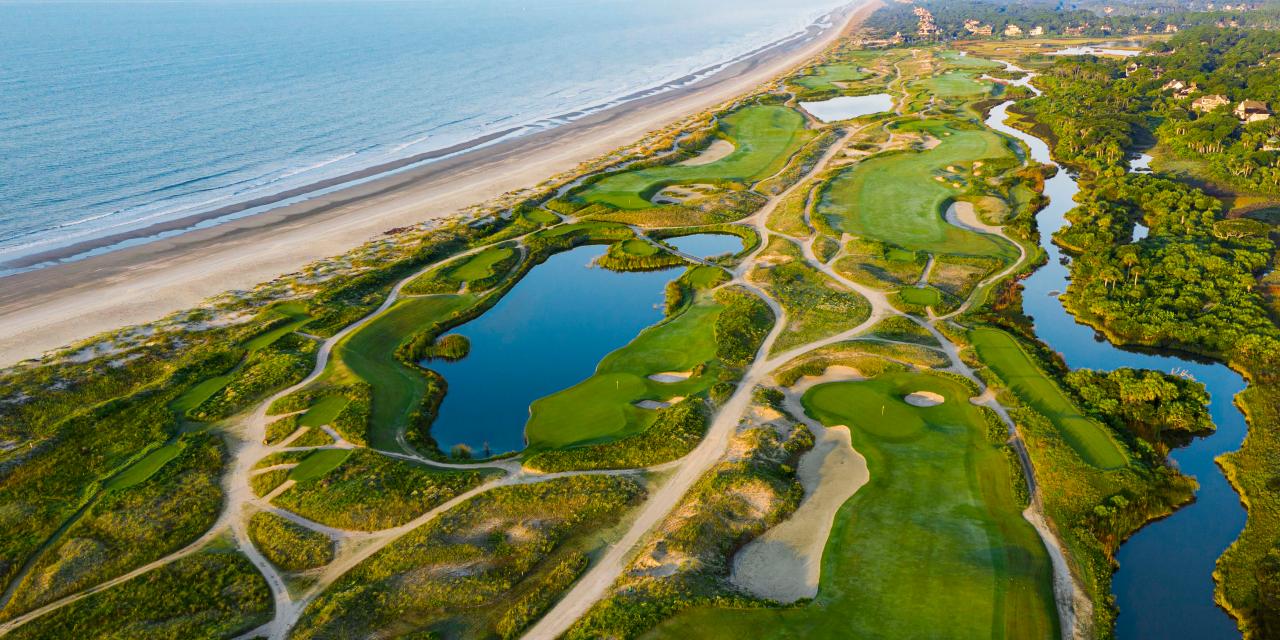By Derek Duncan
Out of carnage came . . . more carnage. The story of The Ocean Course at Kiawah Island is one of chaos and catastrophe, but also one of triumph and perseverance. At least in its first draft.
The 1991 Ryder Cup was scheduled to be played at the Pete Dye-designed PGA West course in La Quinta, Calif., before officials decided to move the event to an East Coast location so it could be broadcast in prime time in Europe. The problem was that the course they wanted to play the competition on didn’t exist. So the company that developed PGA West agreed to build a new host venue, on land it owned on South Carolina’s Kiawah Island, in just two years.
To design, permit and construct a course in such a difficult setting in that timeframe, one that would be ready to host the world’s greatest players in a cauldron of stress and sweat, in front of a global audience, was questionable in the best of circumstances. But months into the build Hurricane Hugo crashed into South Carolina and destroyed all the work Dye and his crew had completed on The Ocean Course to that point, an almost fatal setback.
Watch our “Every Hole At: The Ocean Course” below:
Dye was eventually able to summon immeasurable ingenuity to deliver a complete course in the nick of time, but the chaos involved in The Ocean Course’s creation found its way into its bones and the design wreaked physical and psychological havoc on the Ryder Cup participants. By now the events of those early days have settled into entertaining history, at least to those not involved, and The Ocean Course today is admired as a stunningly attractive seaside course, ranked 24 on Golf Digest America’s 100 Greatest Courses list, that’s still capable of knocking the best in the world off their games.
It will have the chance to prove it again during the 2021 PGA Championship—the 79.1/155 Course Rating and Slope from the tournament tees is the second-highest combination in major championship history. But it’s that allure of difficulty, the chance to overcome long odds and to hit that one perfect shot in a place where so many others have famously failed, that keeps resort guests coming back.
That’s The Ocean Course’s true legacy, that it can be so many different things at once. It’s a tournament course that regular golfers can play. At home on a South Carolina barrier island, it’s an unmistakable product of the lowcountry. Built on sand, it has links-like qualities. And as unique as it is, it feels familiar, stuffed with Pete Dye’s strategic genius.









